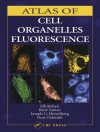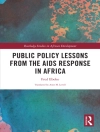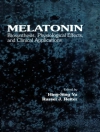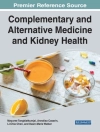Osteoporosis Research – Animal Models, presents in a very illustrative and practical manner, general methodologies of bone studies in animals, as well as the particular features of the most commonly used animal models in the field.
Research in the field of osteoporosis has grown in recent years. This has resulted in significant advances in determining the causes of osteoporosis, assessing risk factors, and creating new treatment methods. The use of animal models provides important knowledge about pathological conditions that can eventually lead to the development of more effective clinical treatment of diseases in both humans and animals.
Osteoporosis Research – Animal Models, is an essential tool for researchers in the bone field. This book aids researchers in selecting their appropriate model and highlights the experiments that can be strategically designed to optimize the potential of an animal to develop the cardinal features of osteoporosis in humans. This book addresses the importance of recent findings from animal models and their significance on the pathogenesis of osteoporosis in relation to human disease.
Mục lục
How to select your animal model for osteoporosis research.- Skeletal phenotyping in rodents: tissue isolation and manipulation.- Methods in bone biology in animals – Biomechanics.- Methods in Bone Histomorphometry for Animal Models.- Methods in bone biology in animals.- Methods in bone biology in animals – Biochemical markers.- Methods in Bone Biology: Cancer and Bone.- How to test osteoporosis treatments in experimental animals.- The ovariectomized mice and rats.- Classical Models of Senile Osteoporosis.- Animal Models of Premature Aging.- Non-human primate models of osteoporosis.- Other large animal models.- Models for the study of fracture healing and bone regeneration












